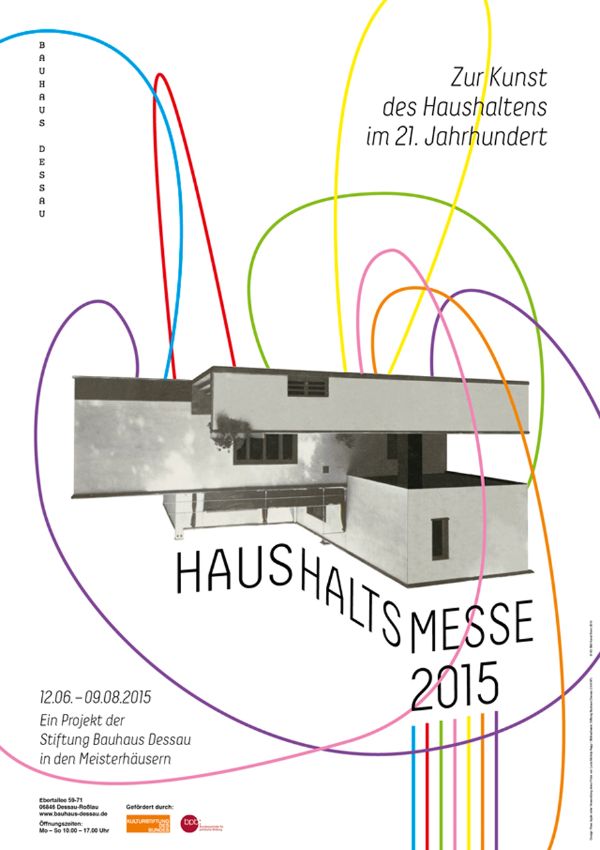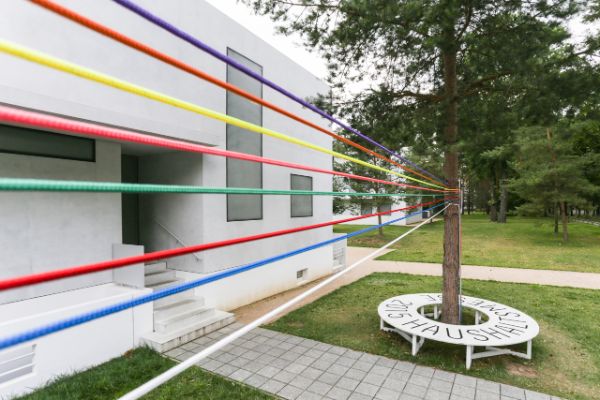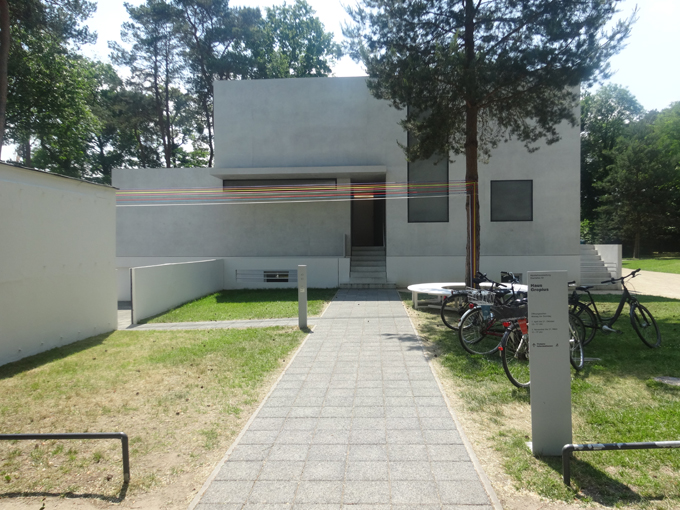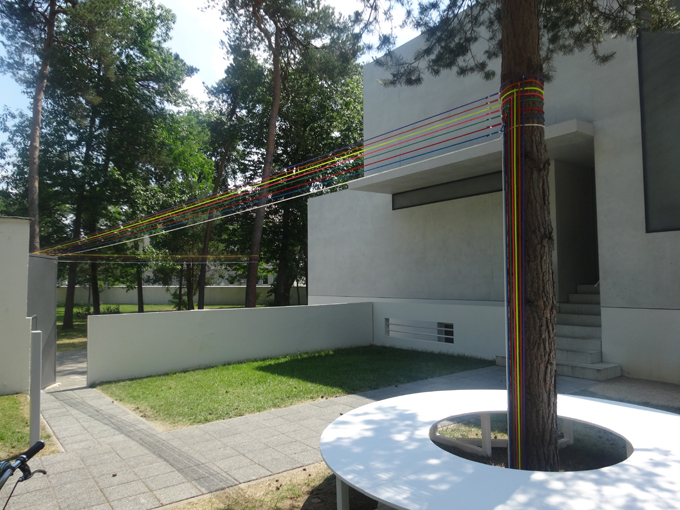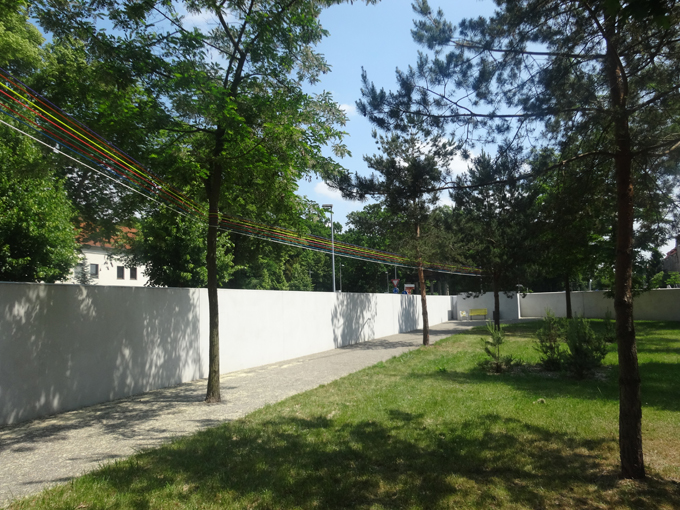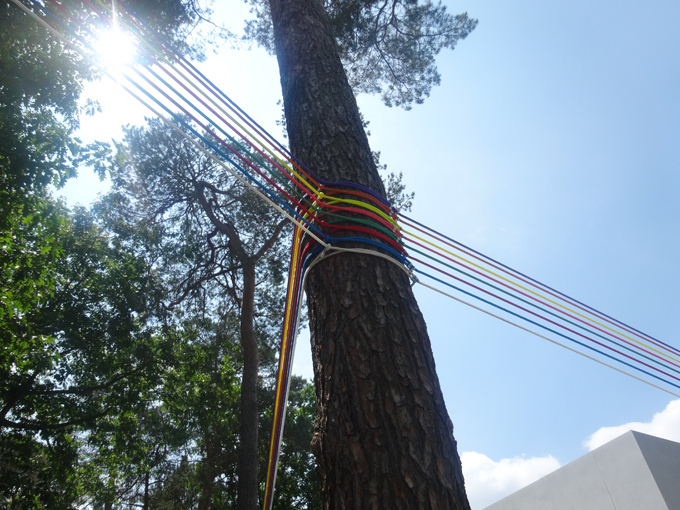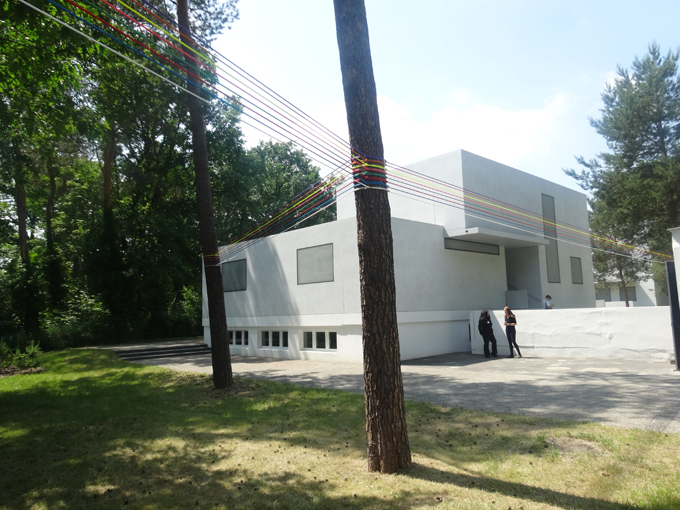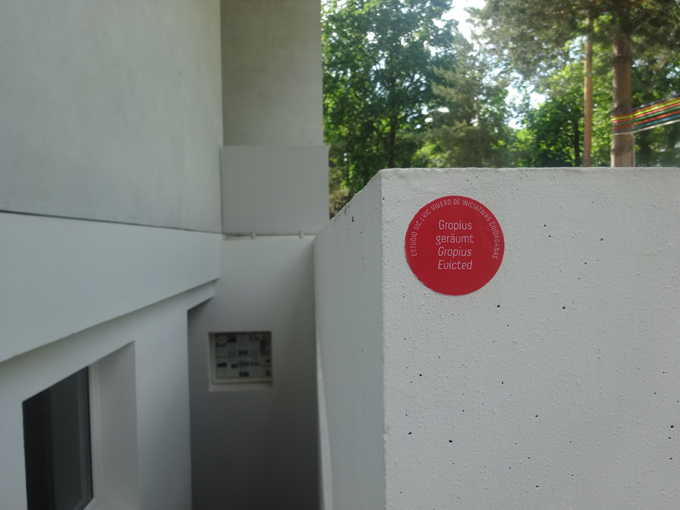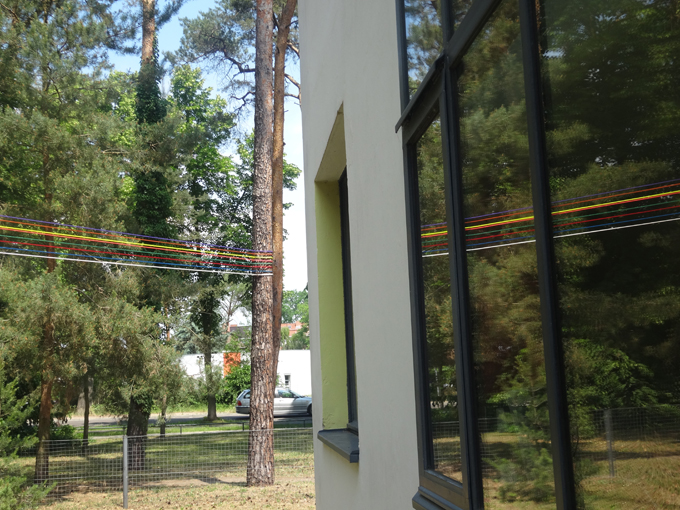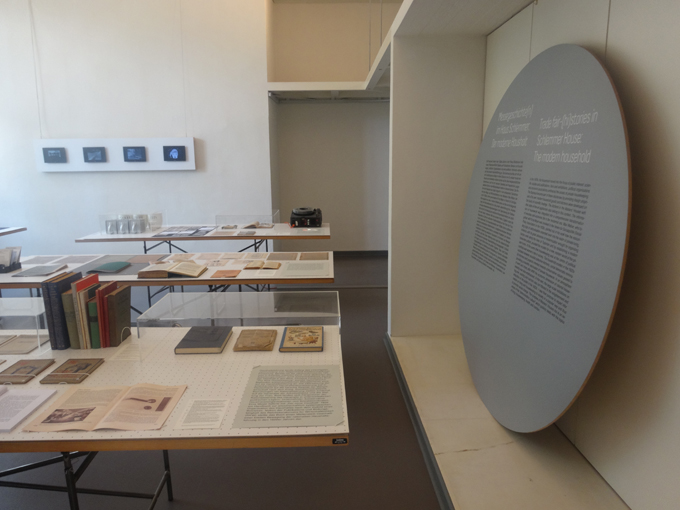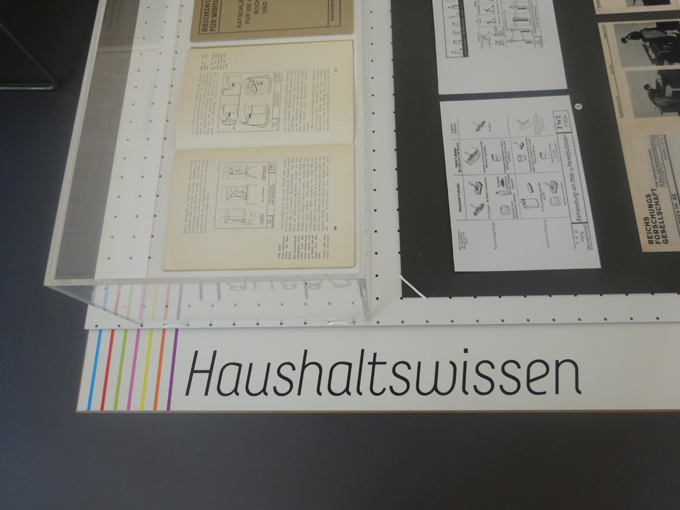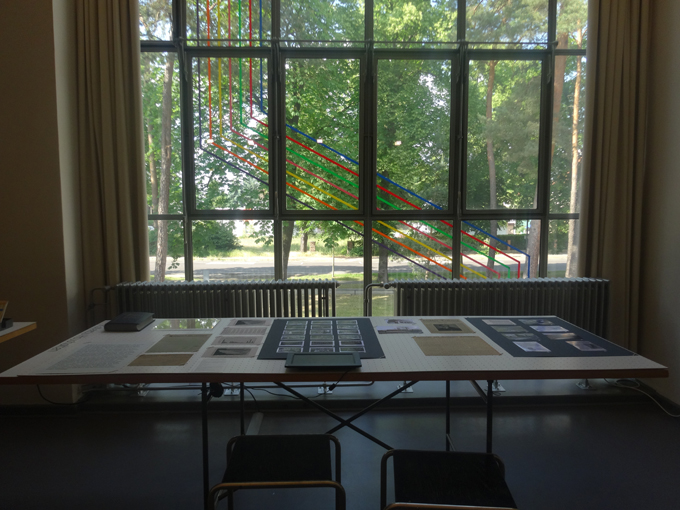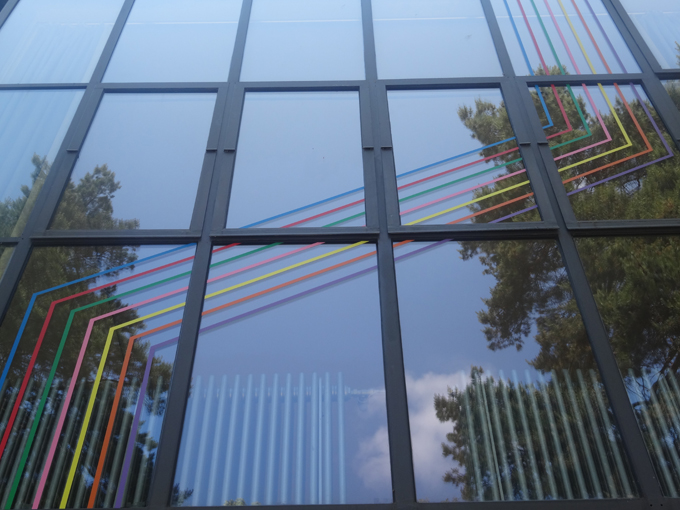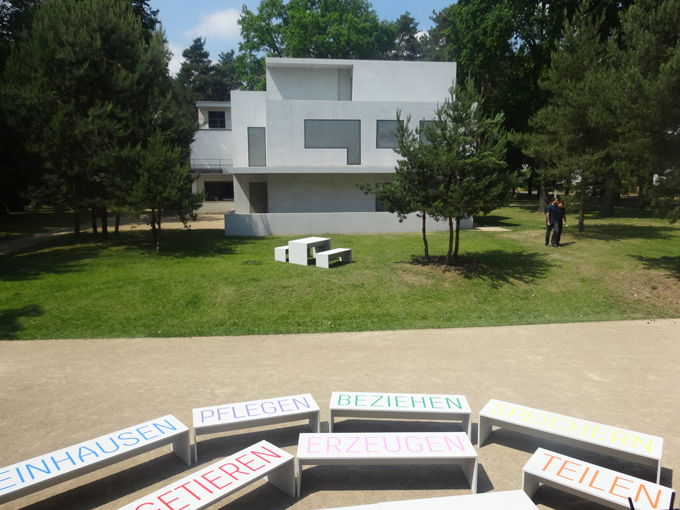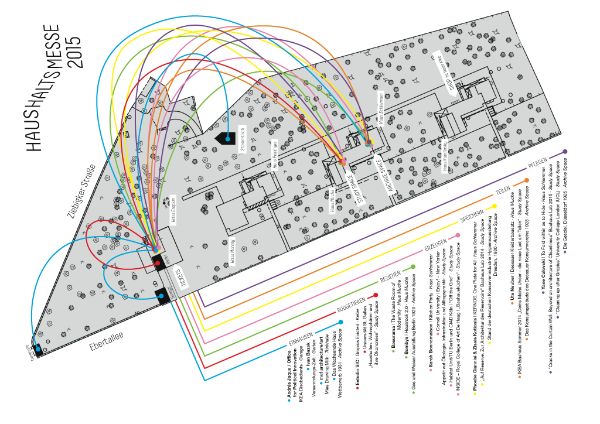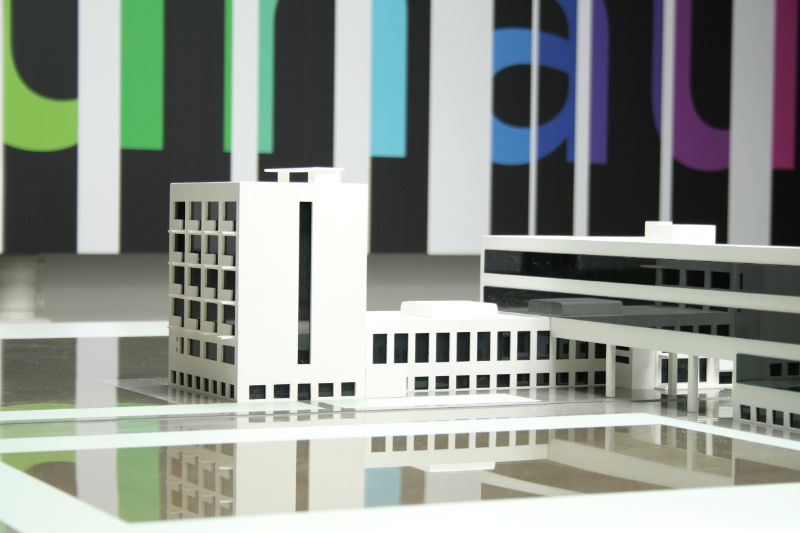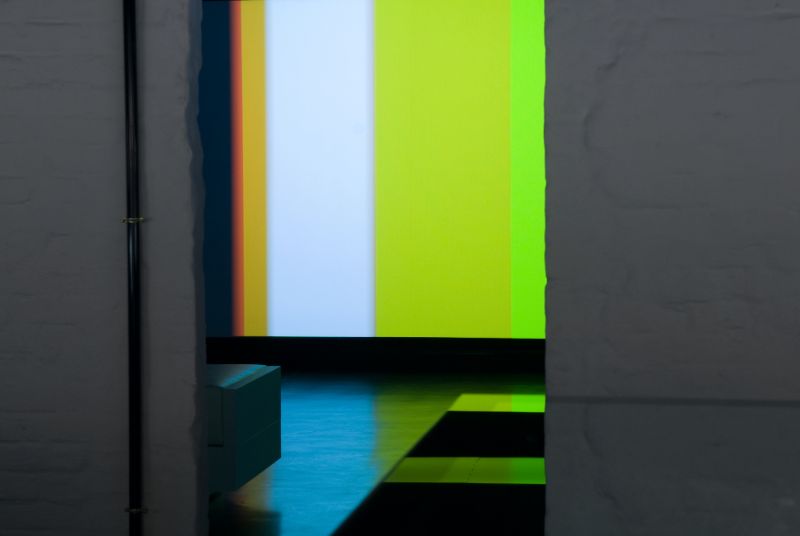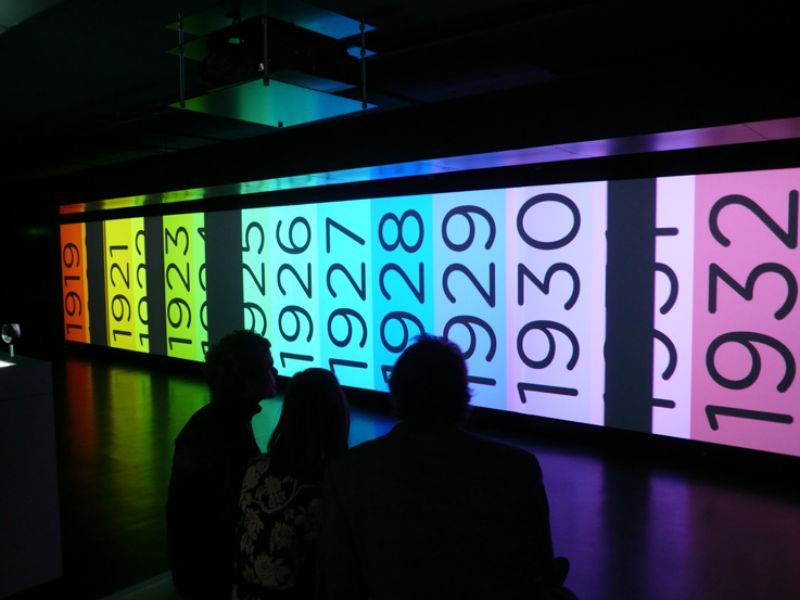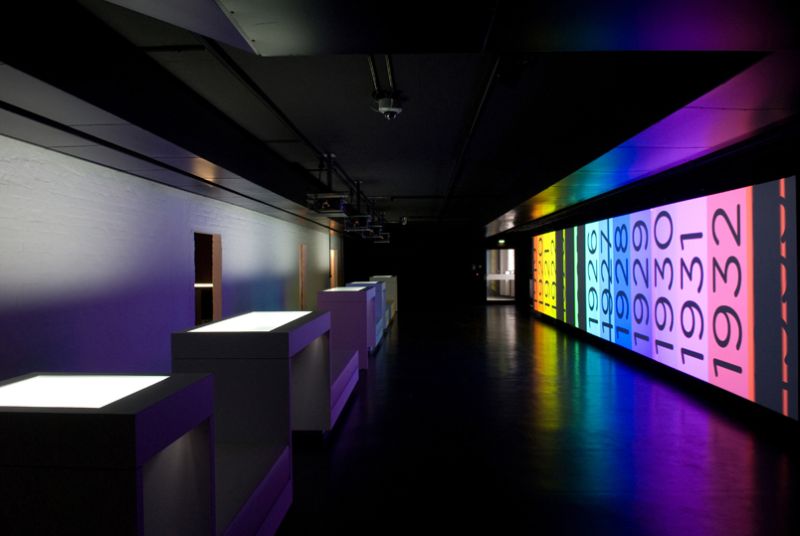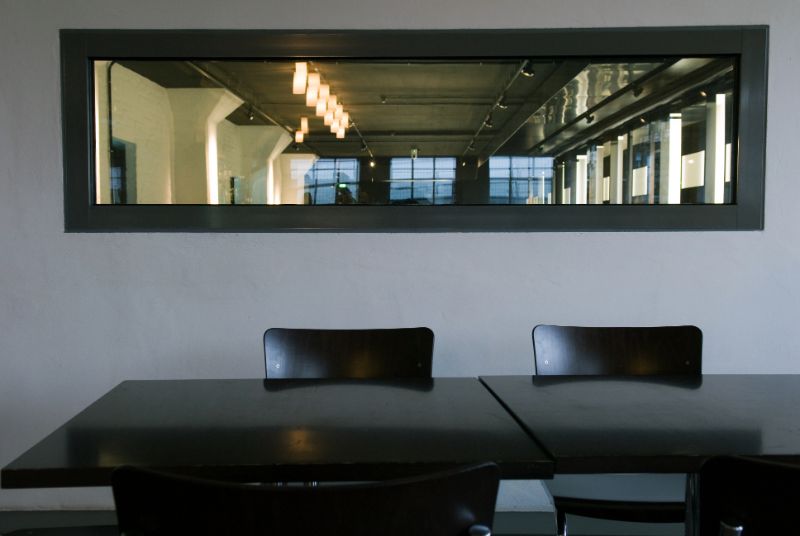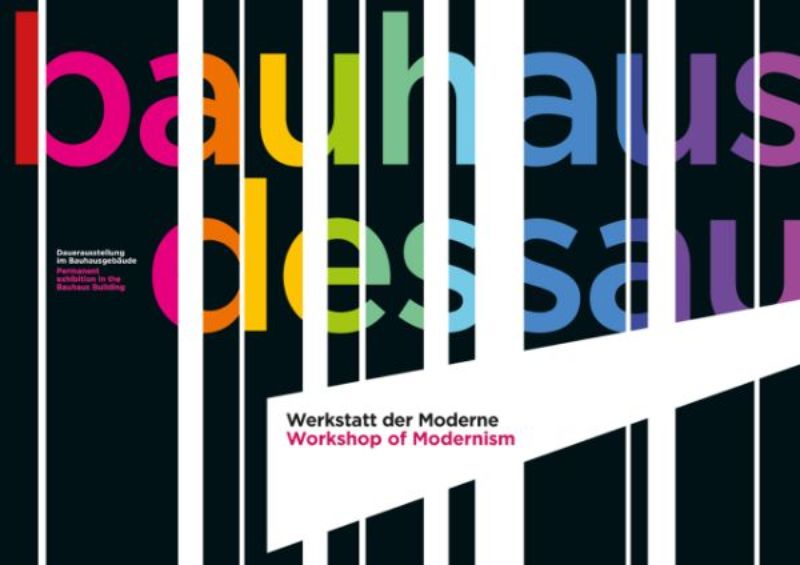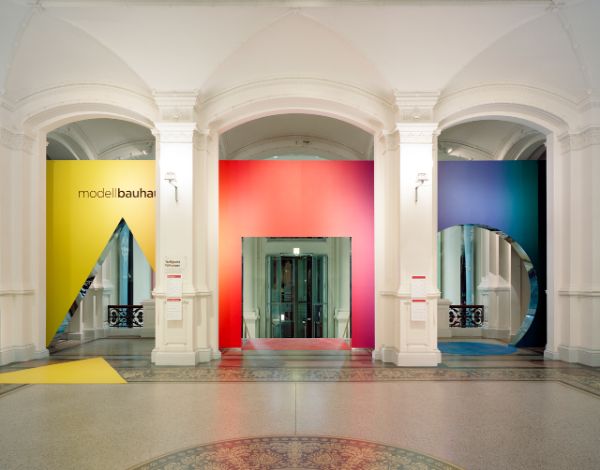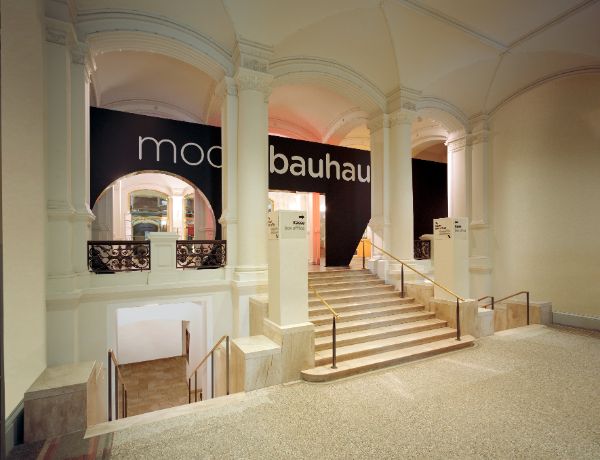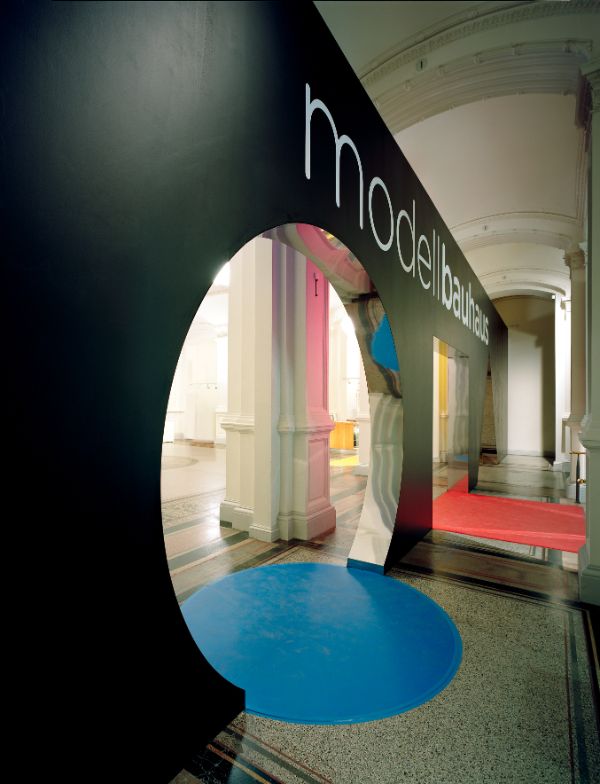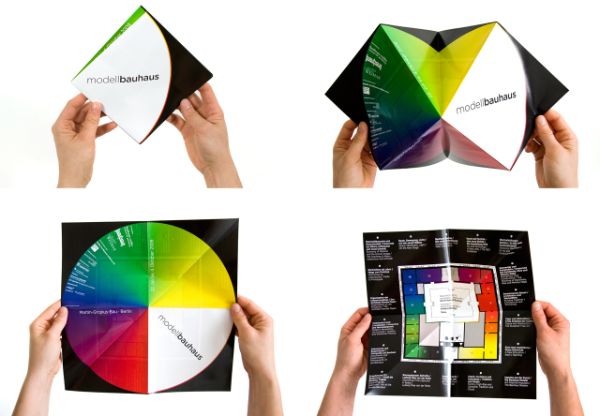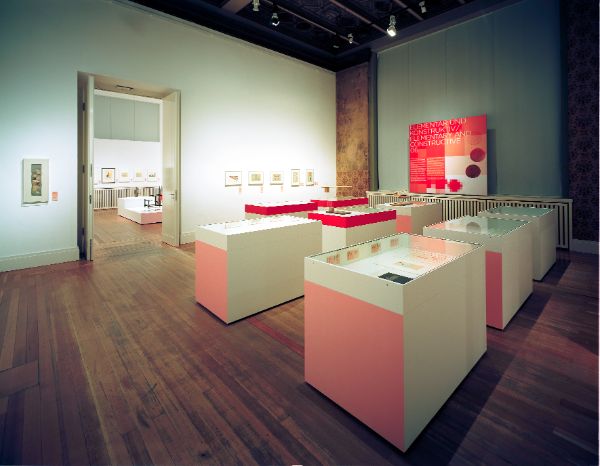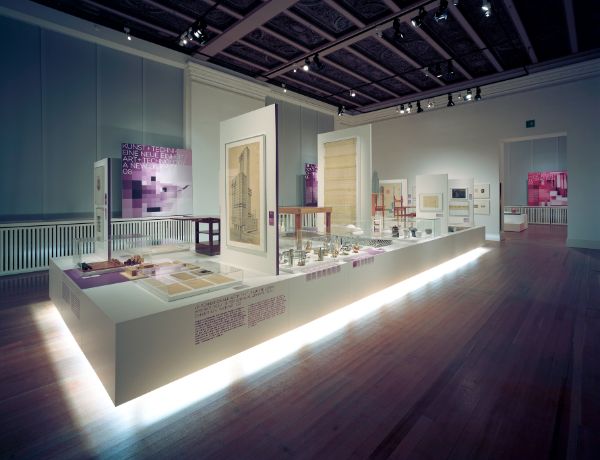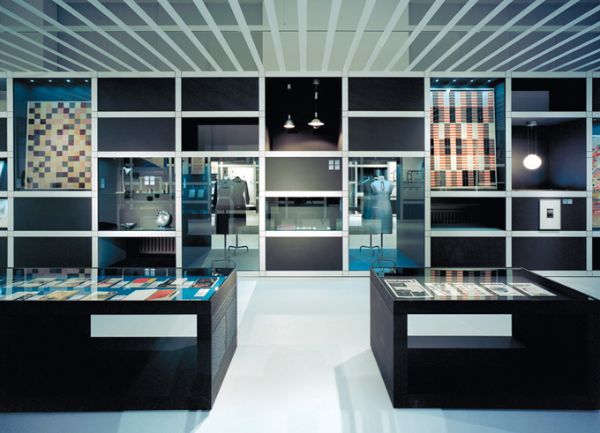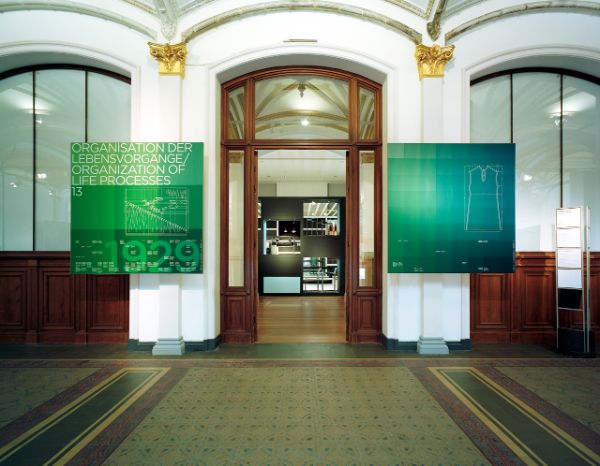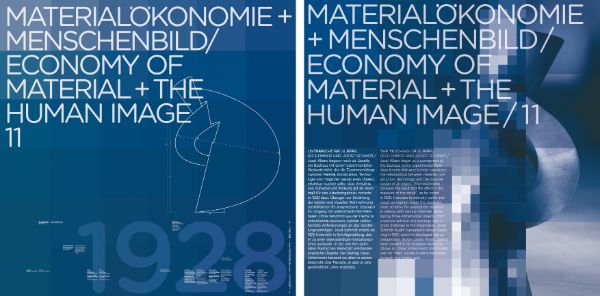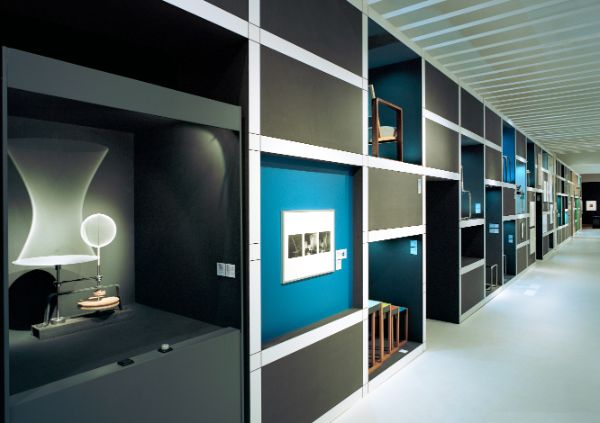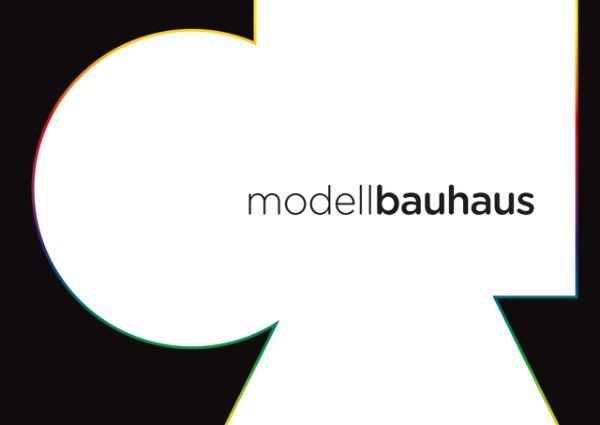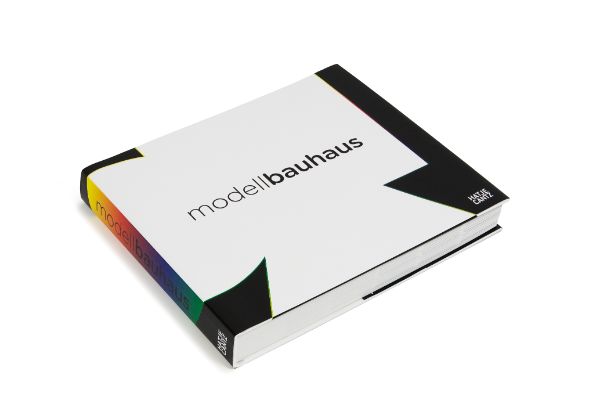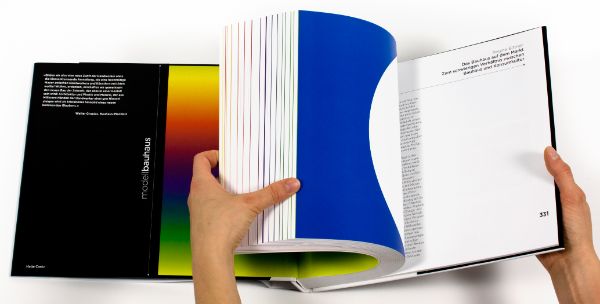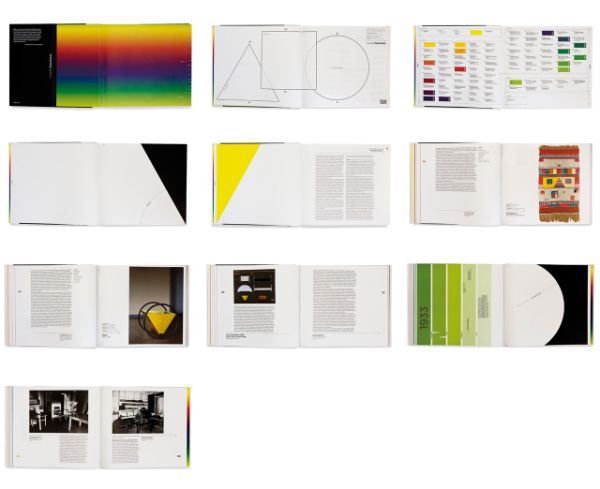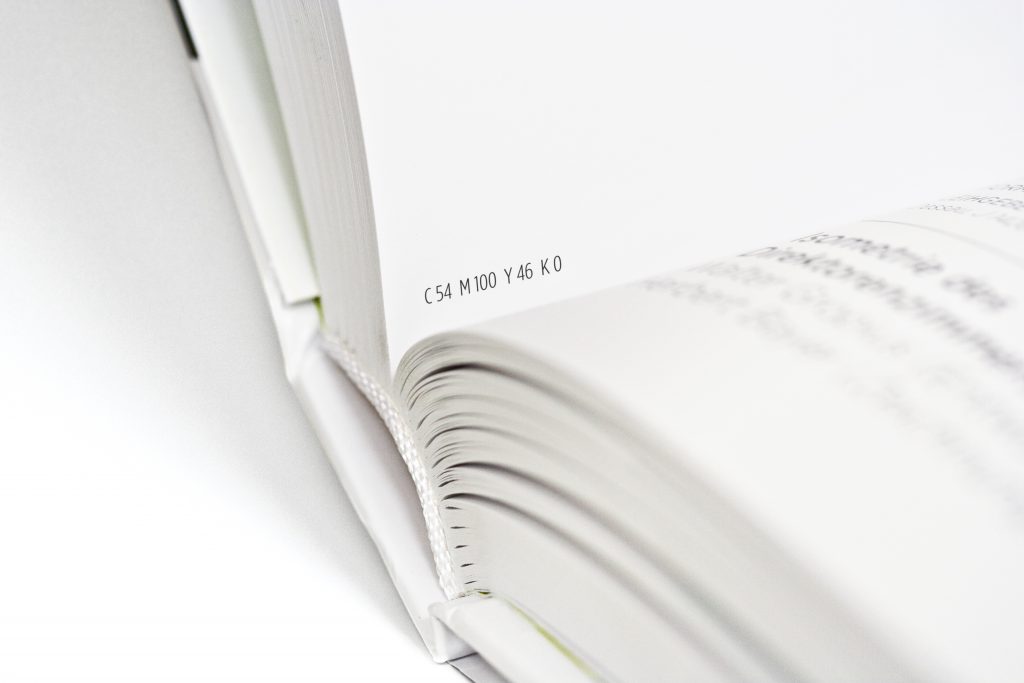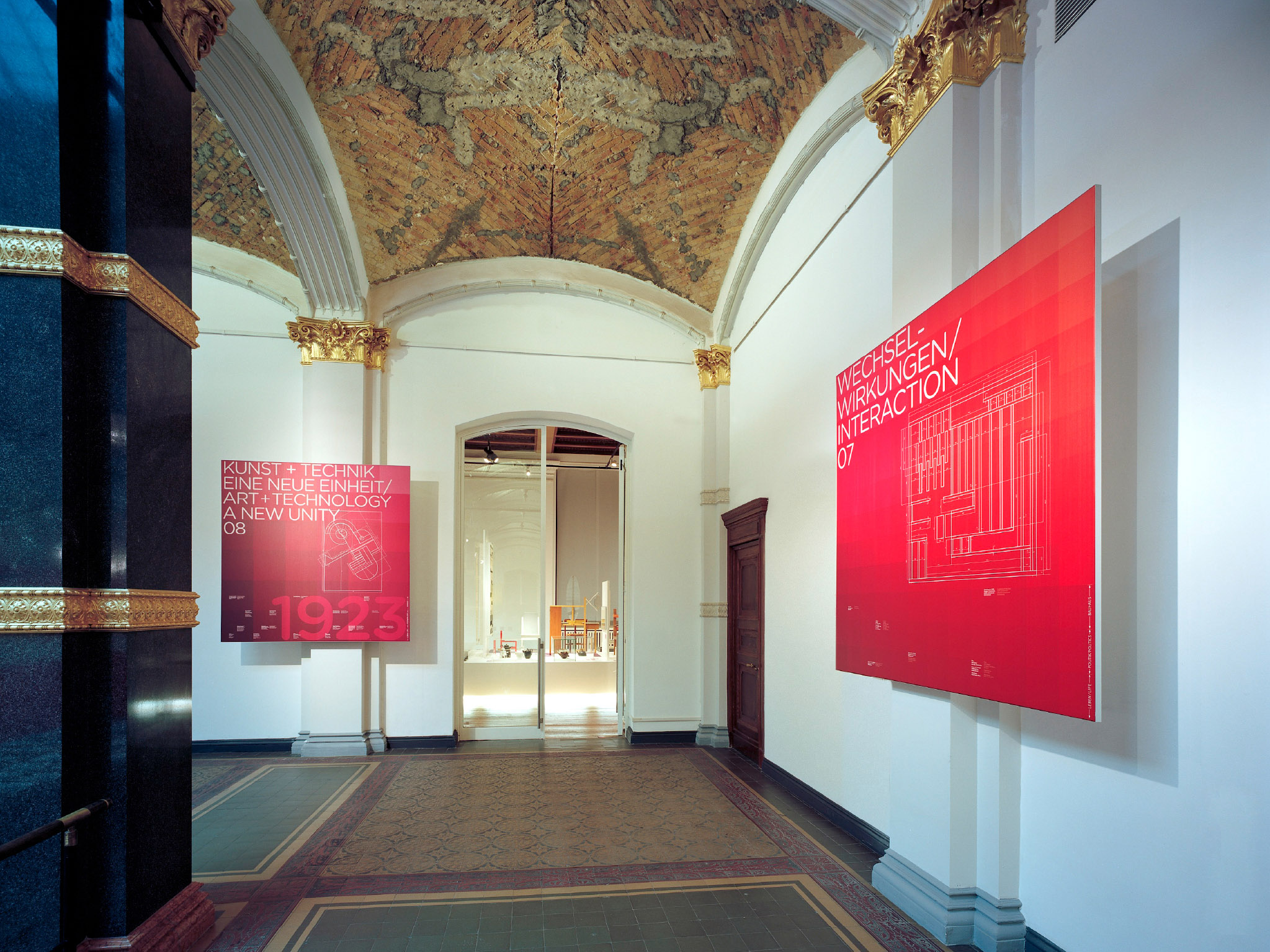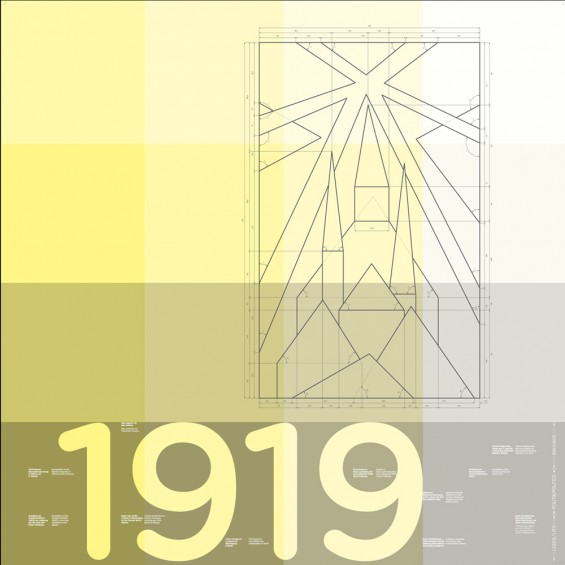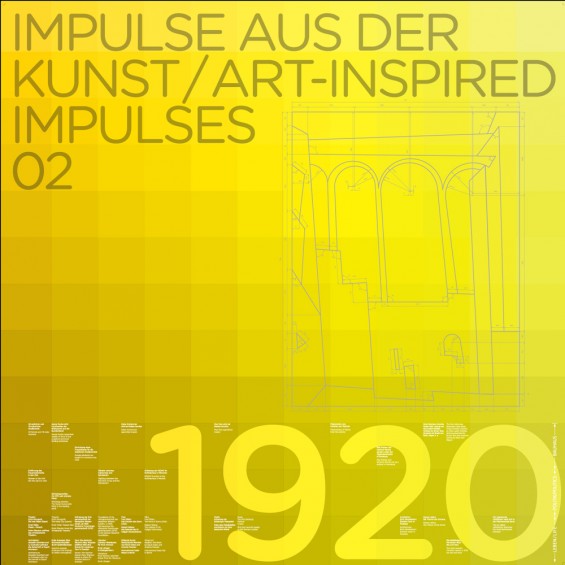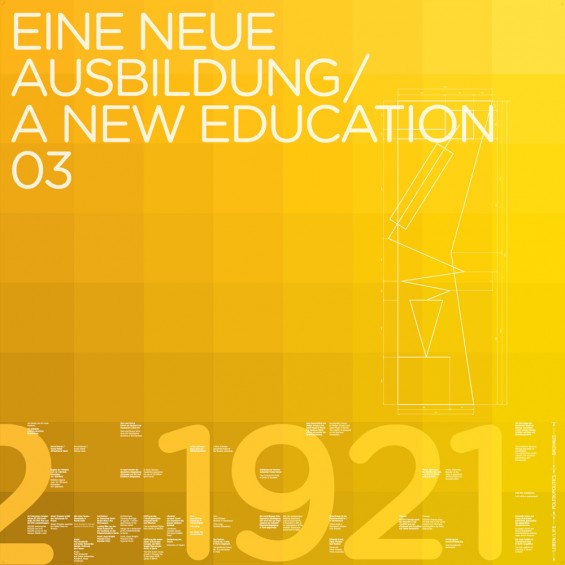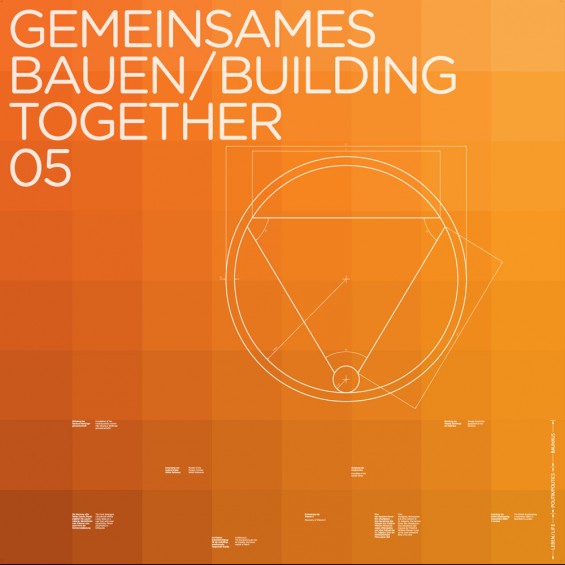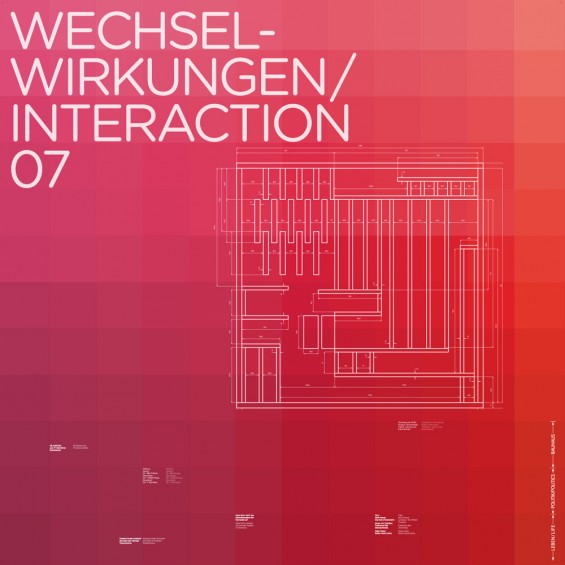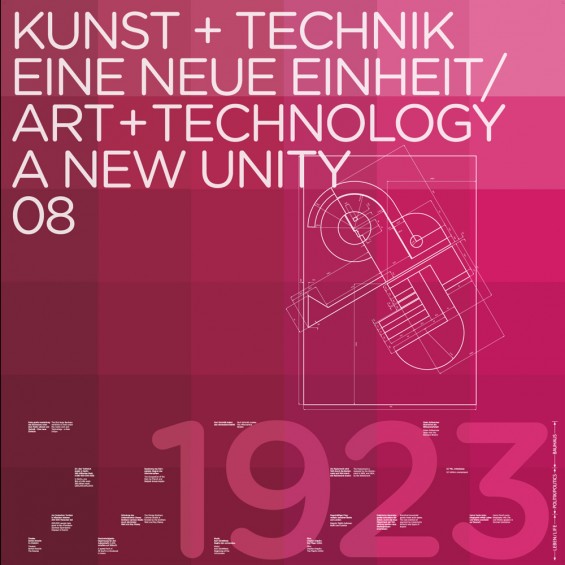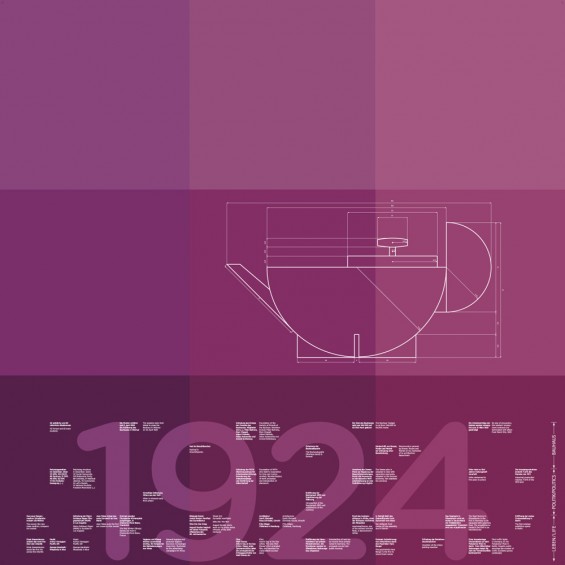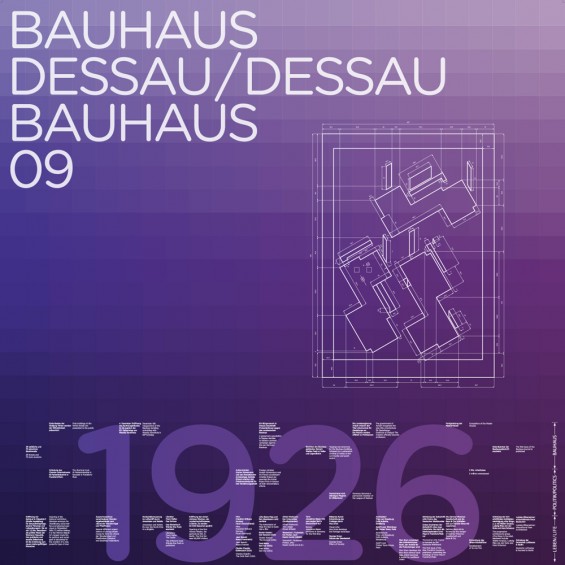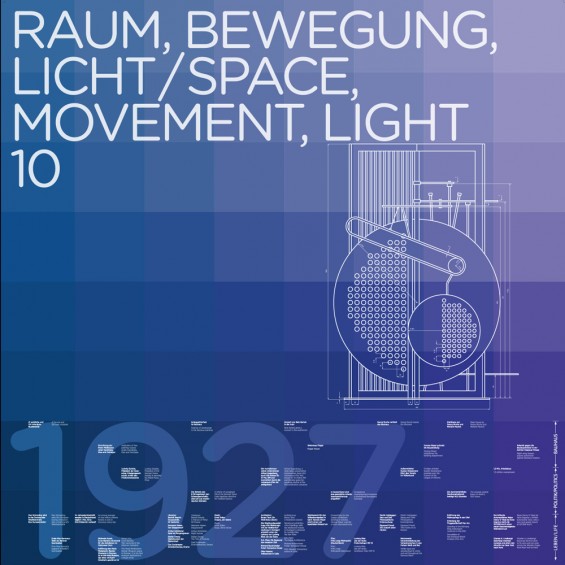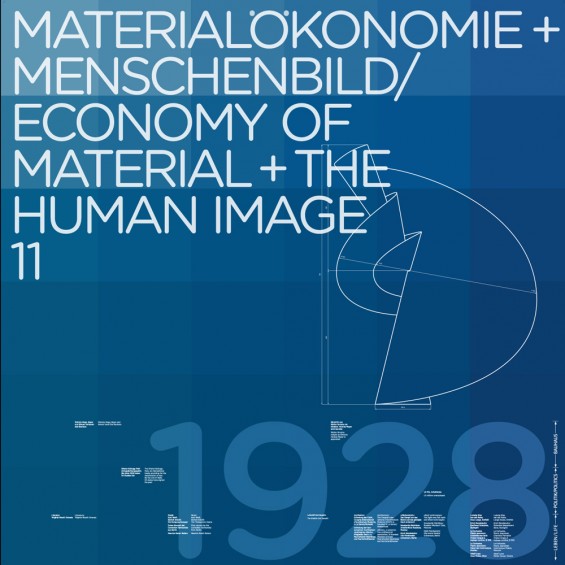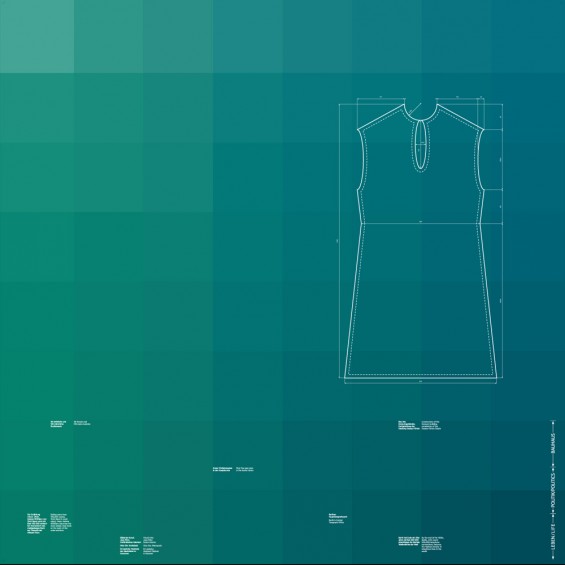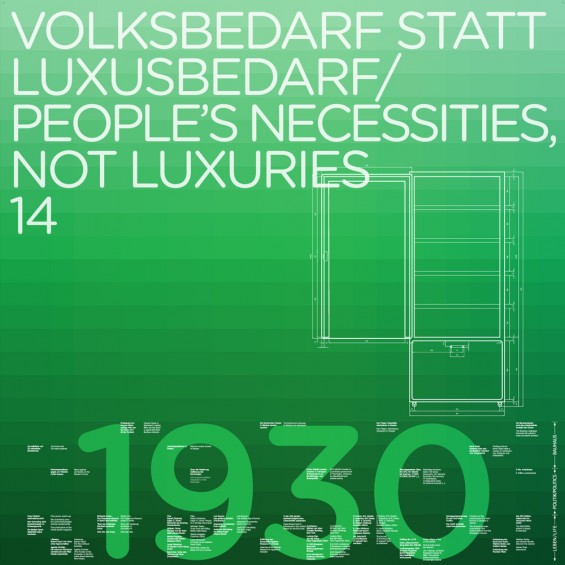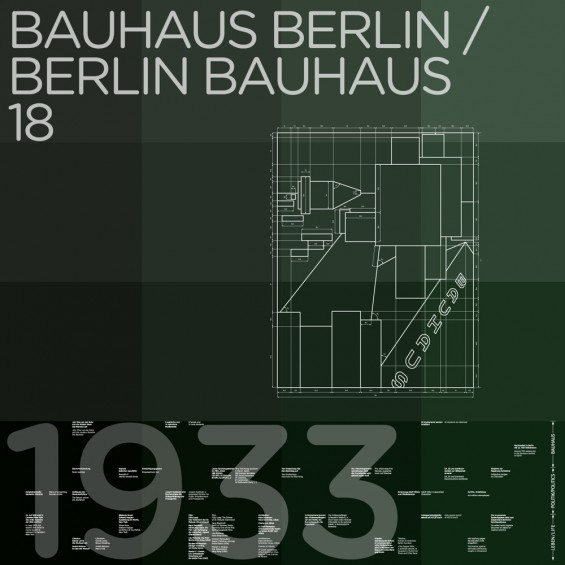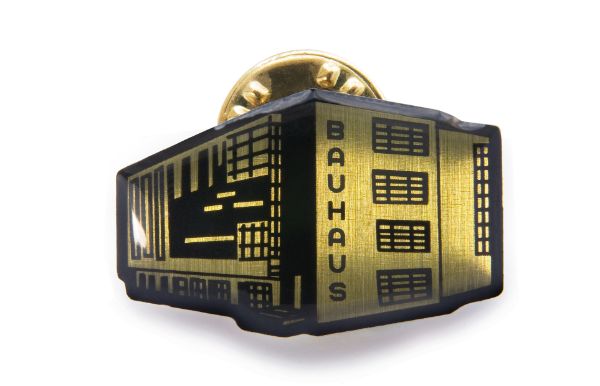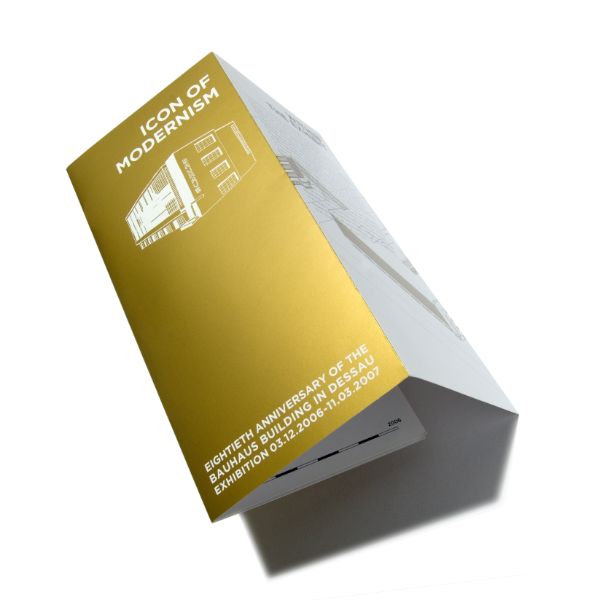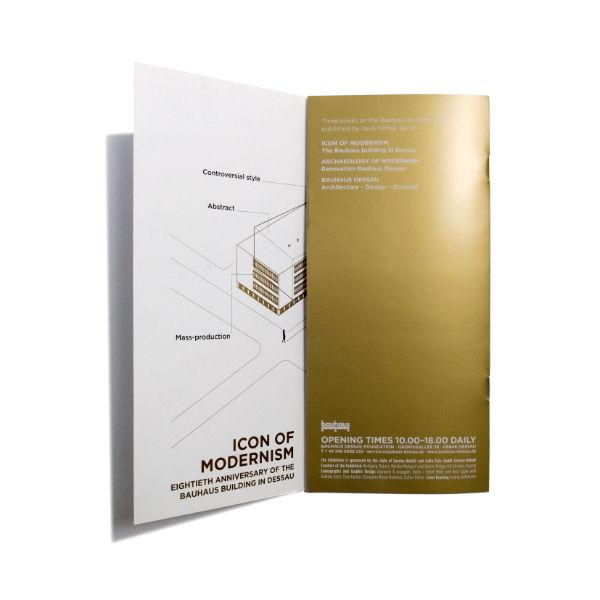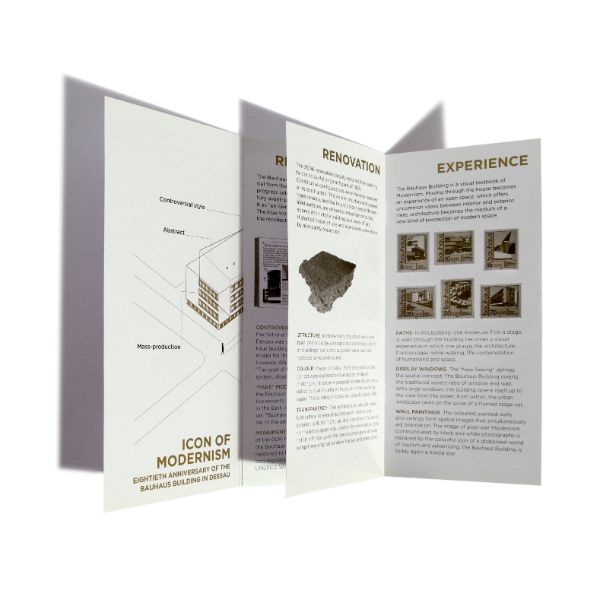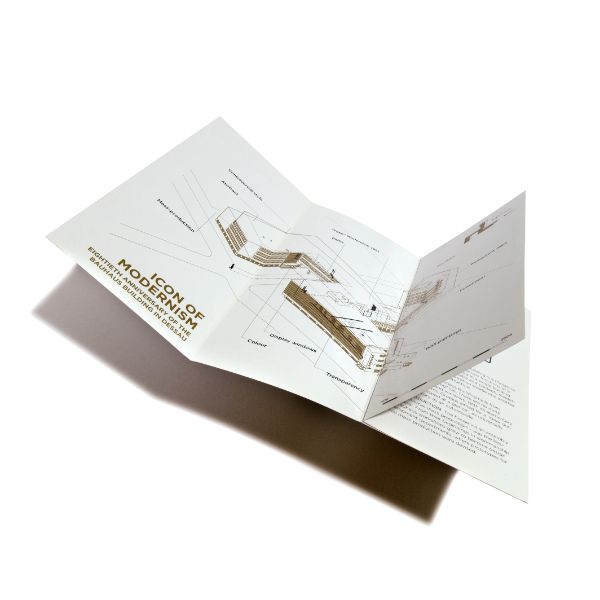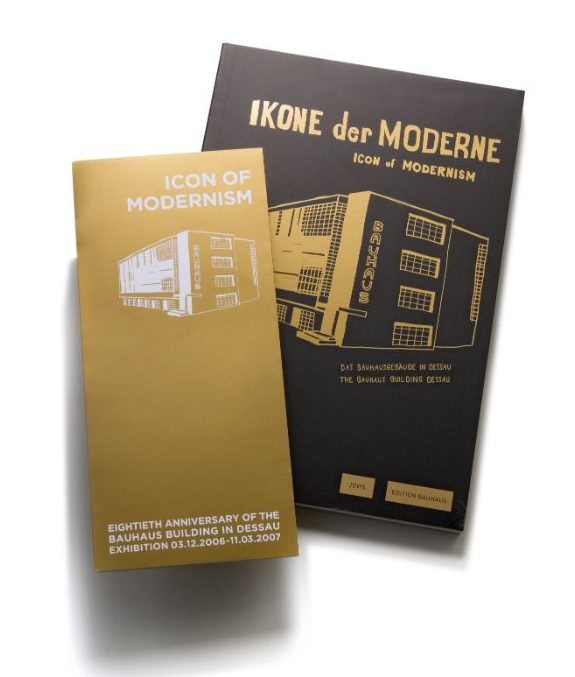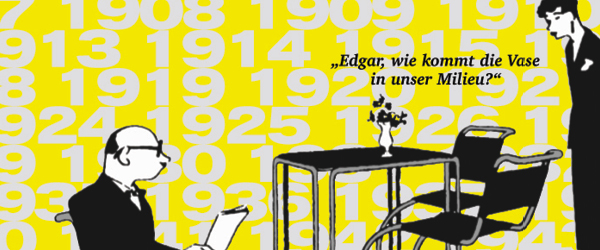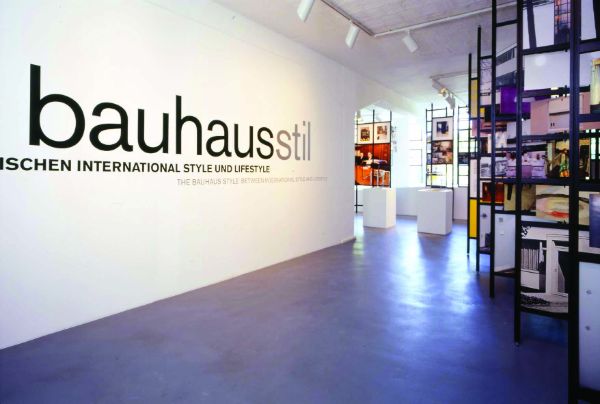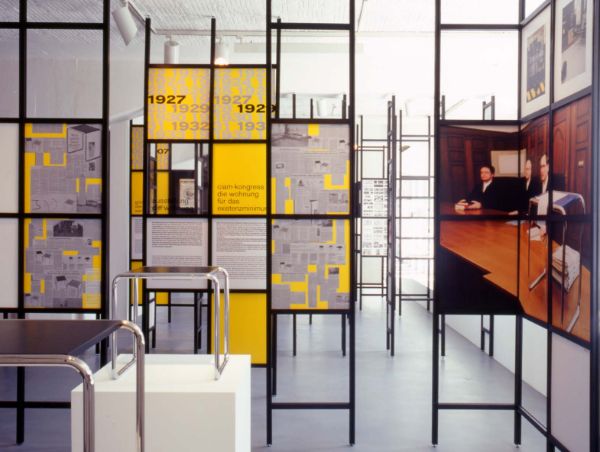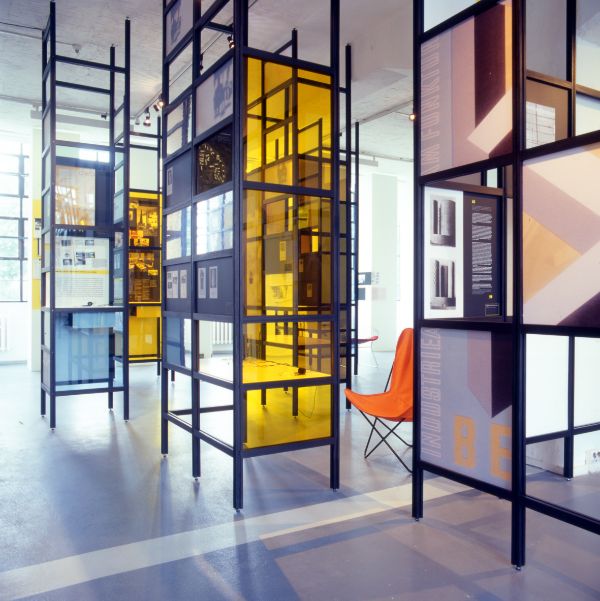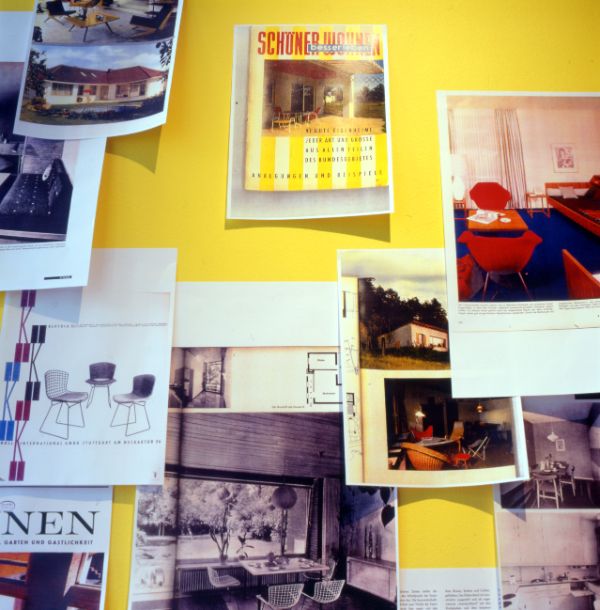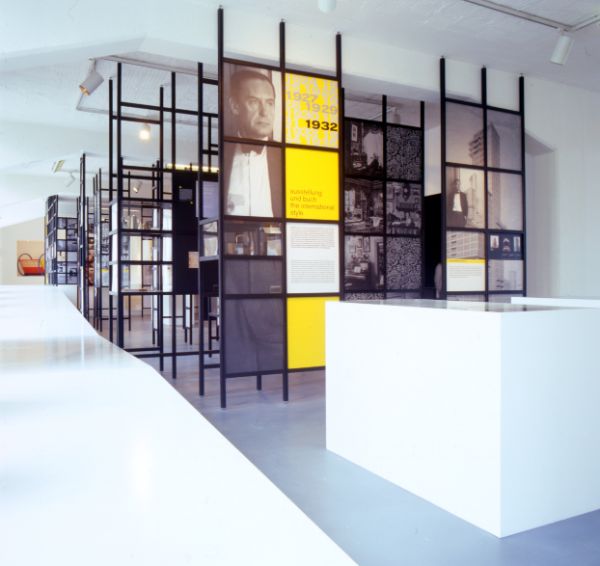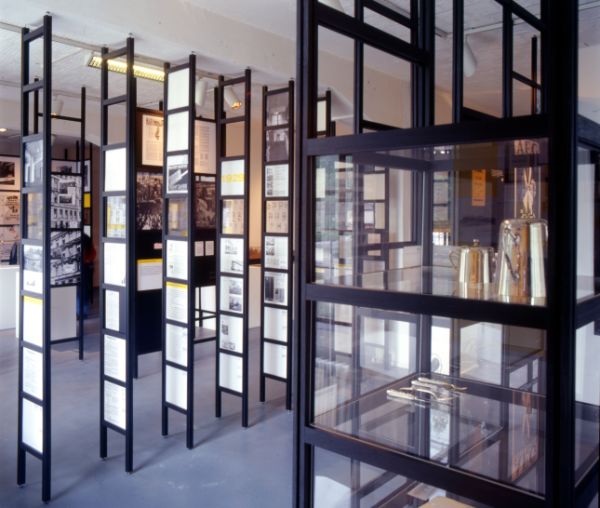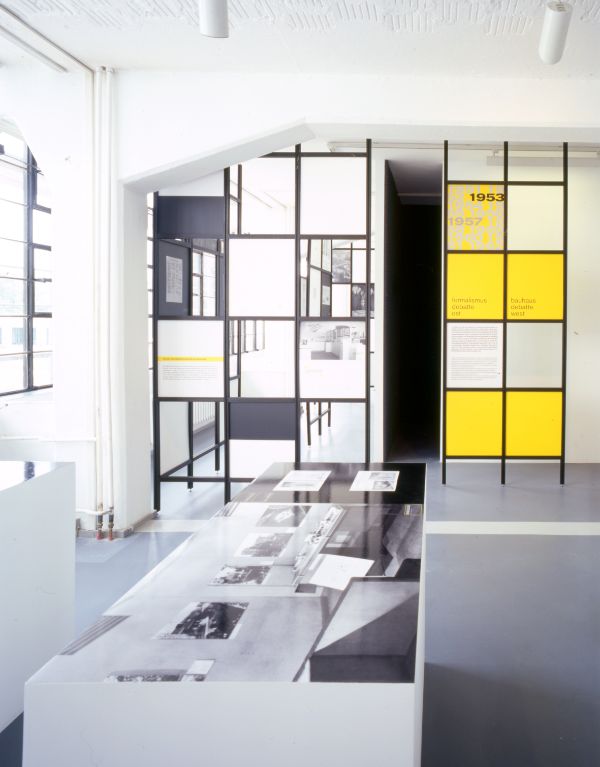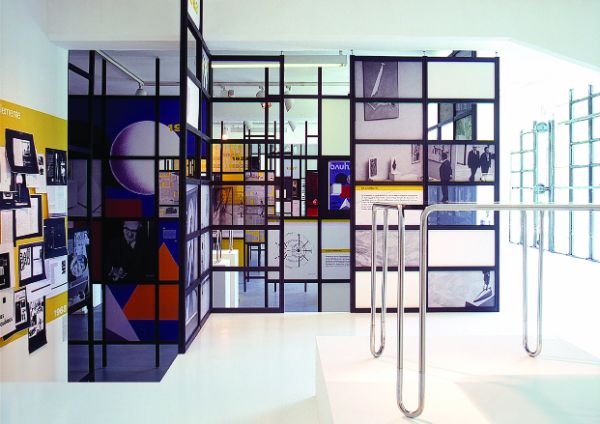My favourite graphic designer in the Bauhaus is László Moholy-Nagy. Graphic design was just one of many areas he was working in, and his layouts often seem a trifle inelegant and akward. But when it comes to translating ideas into graphic compositions, he is the boldest and the most inventive and engaging. He is trying to tell you something and he wants you to UNDERSTAND that something. That is because he could be your great-great-grandfather. He was born in 1895.
People often write about how contemporary and relevant the Bauhaus still is and how it’s cultural legacy can be found everywhere around us, which is probably correct, at least in the case of Germany. But while working on the graphic interface of the 90th anniversary Bauhaus Exhibition, I was more interested in pin-pointing the difference between now and 90 years ago.
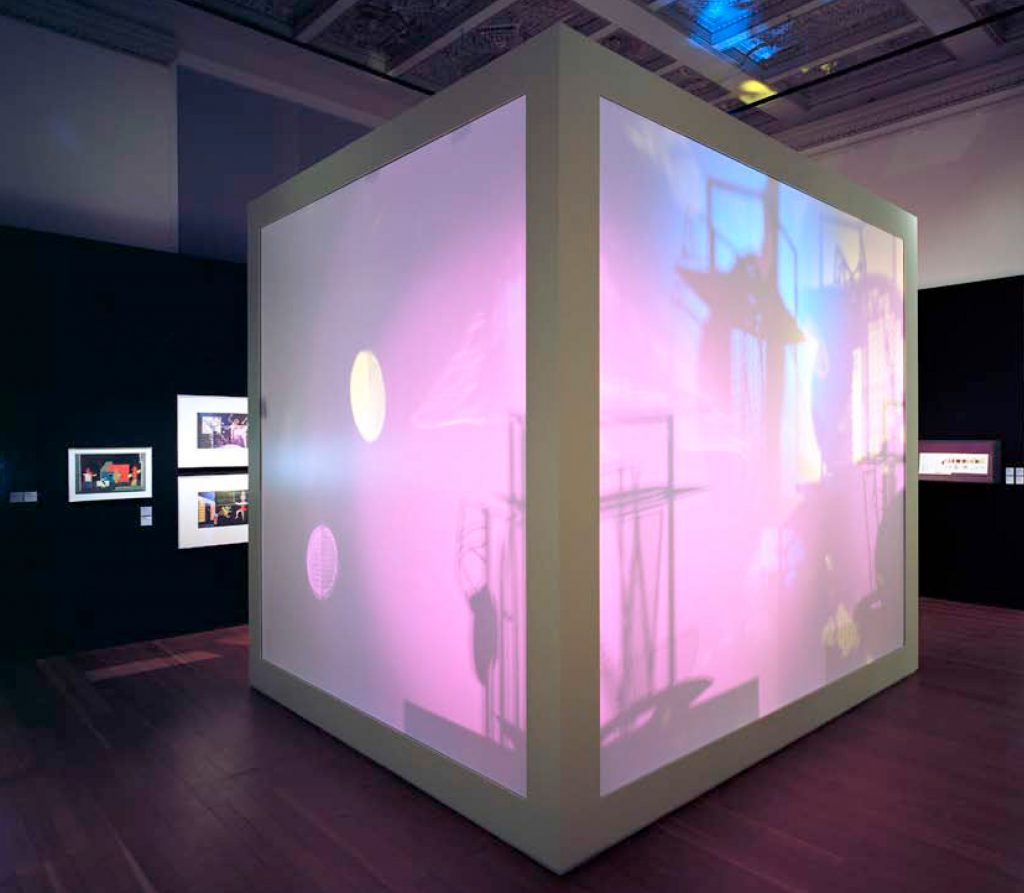
Light-Space-Modulator by László Moholy-Nagy in the Modell Bauhaus Exhibition
One important difference I found, lies in the changed relationship between designer, content and audience. Whereas László Moholy-Nagy is one with his content and comes up real close to deliver his message into your face, the contemporary designer keeps a distance. He doesn´t shout, he doesn´t arrange his words for maximum impact, but to strict grammatical rules. He wants you to understand the underlying sentence structure first, the words second. He designs systems in which content is arranged, and then lets you draw your own conclusions.
The contemporary designer not only keeps a distance to the content and the audience, but also to his own work and the idea of authorship. The thing that appeals to him in using systems is the element of chance. Graphic systems can be programmed to generate an aesthetic almost by themselves. They work like a bit like a Graphic-Meaning-Modulator, you feed some parameters into it and out comes a visual surprise. Here are our parameters for the 23 panels guiding the visitor from the inner Central Hall of the Martin-Gropius Bau into the outer exhibition ring.
- Every panel depicts a key object shown in the exhibition room the panel is guiding to, as a technical drawing.
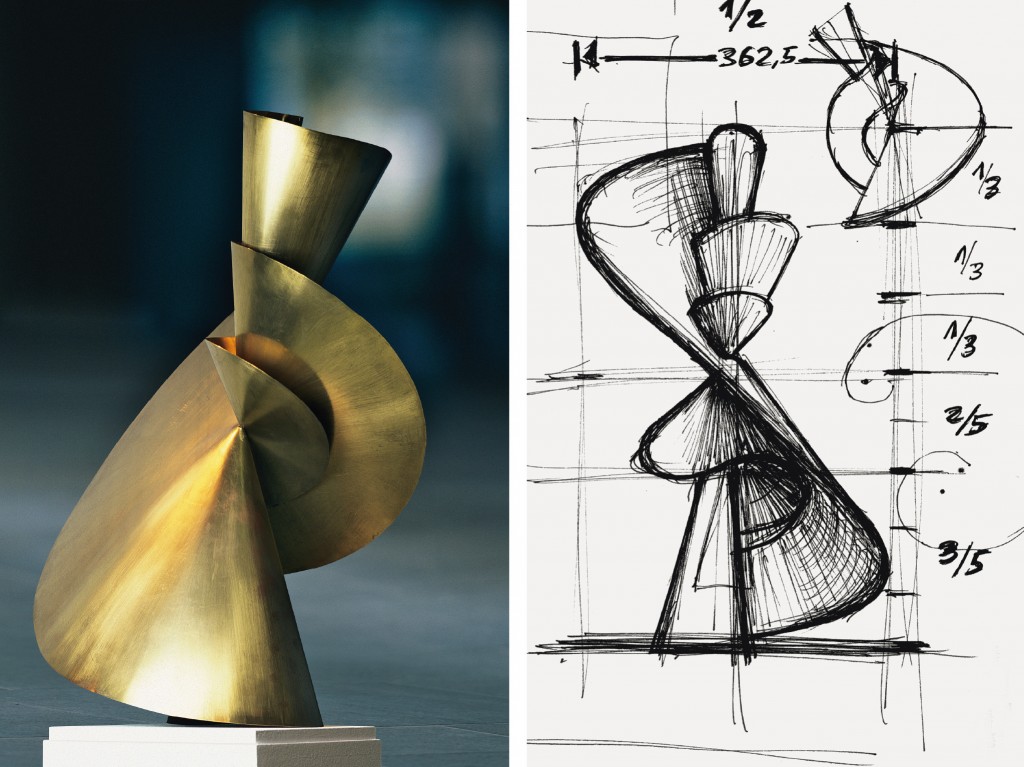
- A chromatic circle runs over all 17 panels. The background colour of each panel is determined by its position in the great hall.
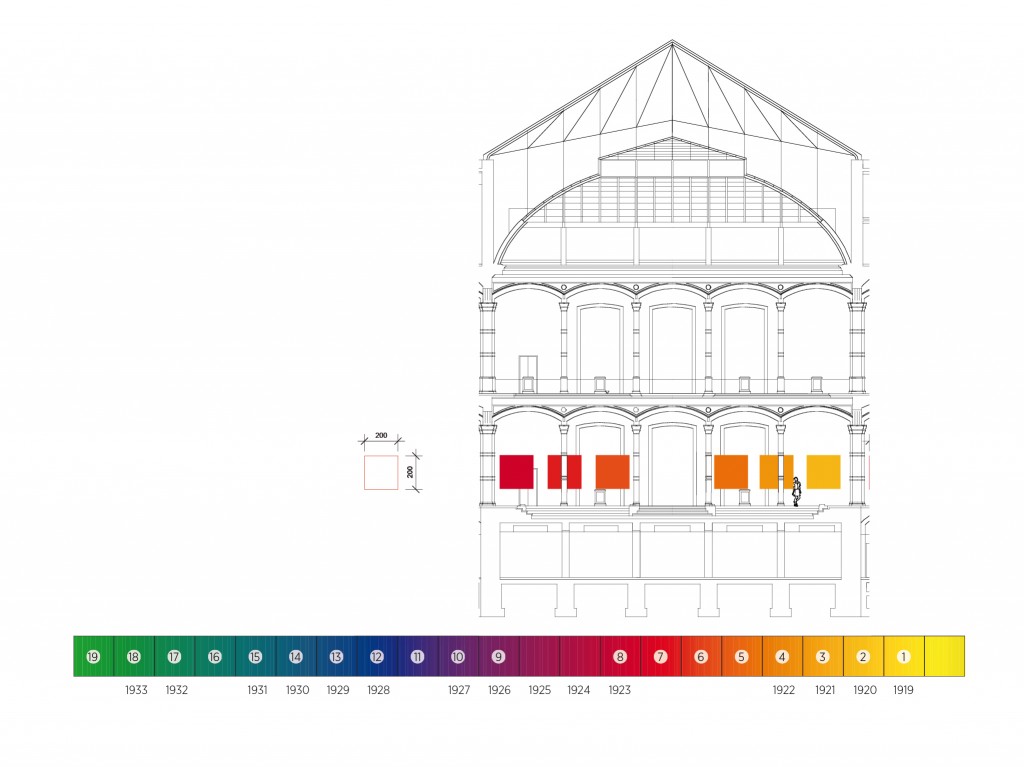
- All key objects occupy roughly the same size on the panel. The pixel ratio of the background is determined by the original size of the key object.
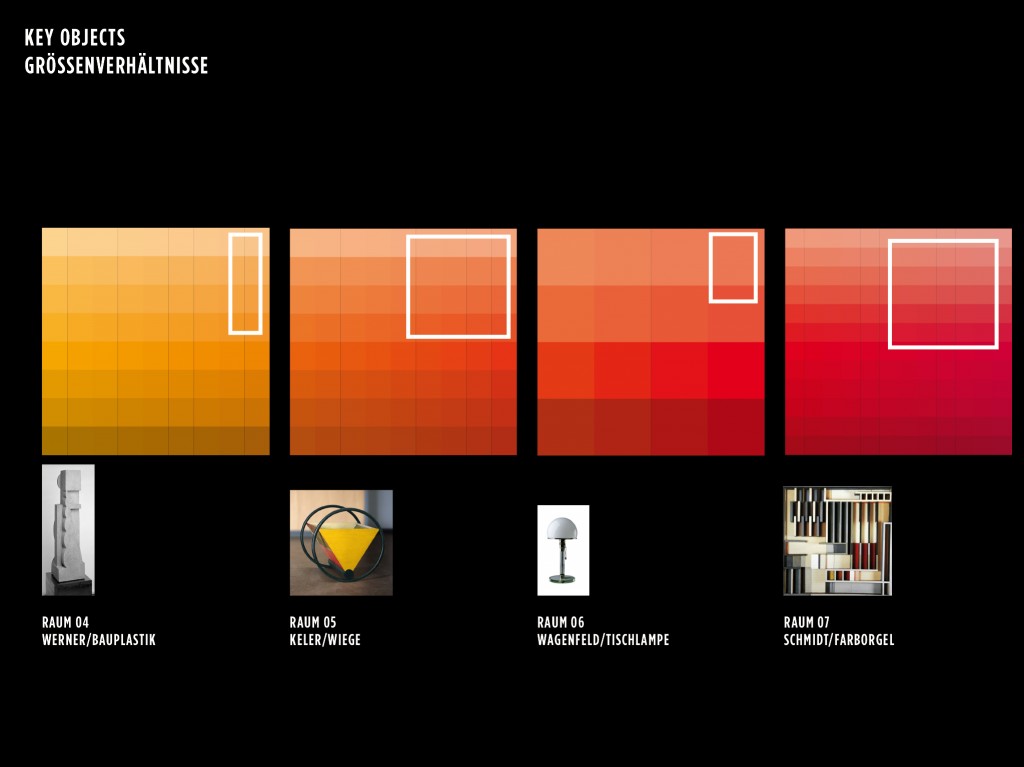
And now press start and see what happens:
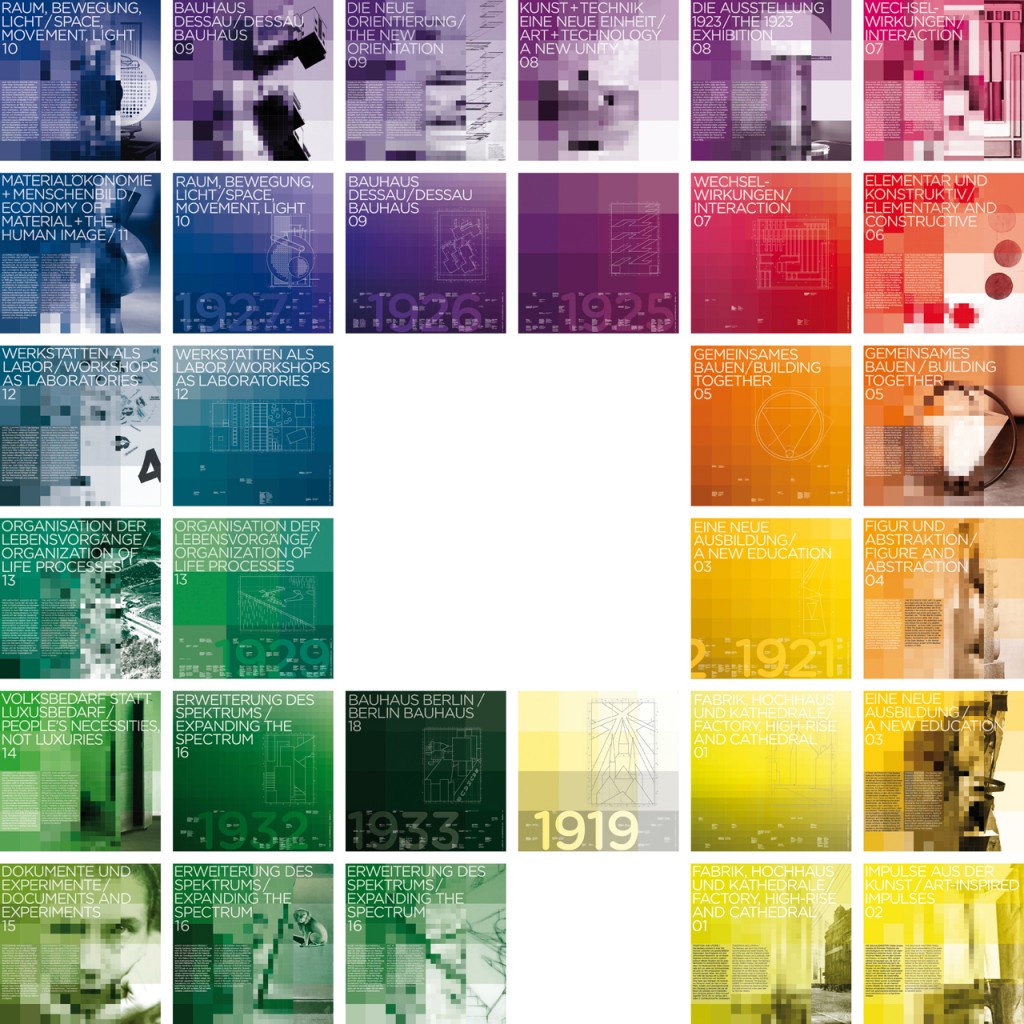
Navigation System for the exhibition:
MODELL BAUHAUS | BAUHAUS. A CONCEPTUAL MODEL
Bauhaus-Archiv Berlin, Stiftung Bauhaus Dessau, Klassik Stiftung Weimar
Martin-Gropius-Bau, Berlin, 22.7. – 4.10.09
exhibition design and graphics by chezweitz & roseapple.
Photos of the exhibition by Volker Kreidler
More about the exhibition here: Modell Bauhaus
